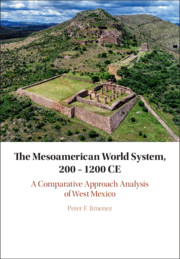Relative to the centuries preceding and following it, the tenth century a.d. in Mesoamerica is poorly understood by scholars. Although there is some regional variation in the timing of these events, archaeologists commonly ascribe a pattern of political decline, dynastic collapse, or social reorganization to this period. Paradoxically, increasing interregional interactions and emergent market exchange networks are also characteristics of macroregional patterns during the tenth century. These contradictory phenomena contribute to confusion surrounding interpretations of this transitional time. This article contributes a comparative dataset from systematic archaeological investigations of El Coyote, a monumental center in the lower Cacaulapa valley, Department of Santa Barbara, Honduras. The late occupational phase contains evidence for Early Postclassic chronological markers, including Tohil Plumbate pottery; obsidian from Pachuca, Hidalgo; and copper metallurgy. Calibrated radiocarbon assays with a 2σ error place these contexts between a.d. 710 and 1040, with a clustering of intercepts circa a.d. 900. These results are consistent with a pattern described throughout Mesoamerica and demonstrate that despite variation in the use of cultural terminology—Epiclassic, Terminal Classic, or Early Postclassic—there is uniformity in the timing of this macroregional interaction.


